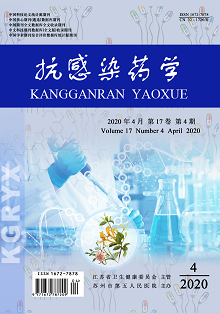ZHANG Ming-fa, SHEN Ya-qin
Sophocarpine and oxysophocarpine are matrine-type alkaloids. Matrine-type alkaloids have a widespread bioactivities, including protection of heart, liver, lung, kidney, brain and blood vessel, and the effects of positive inotropism, negative chronotropism and antiarrhythmia on heart, as well as promoting leukocytes, antiasthma, antiulcer, anti-fibrogenesis in liver, and central suppression of sedation, hypnogenesis, analgesia, and antitumor, immunoregulation, anti-bacteria, anti-virus and anti-inflammation. The literatures of the pharmacokinetic parameters and process in body of sophocarpine and oxysophocarpine were reviewed, and their research advances on pharmacokinetics were analyzed, so as to provide a reference for rational usage of drugs.
